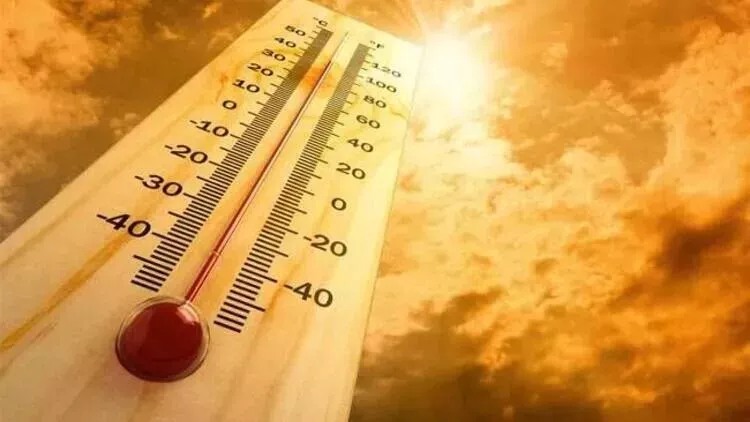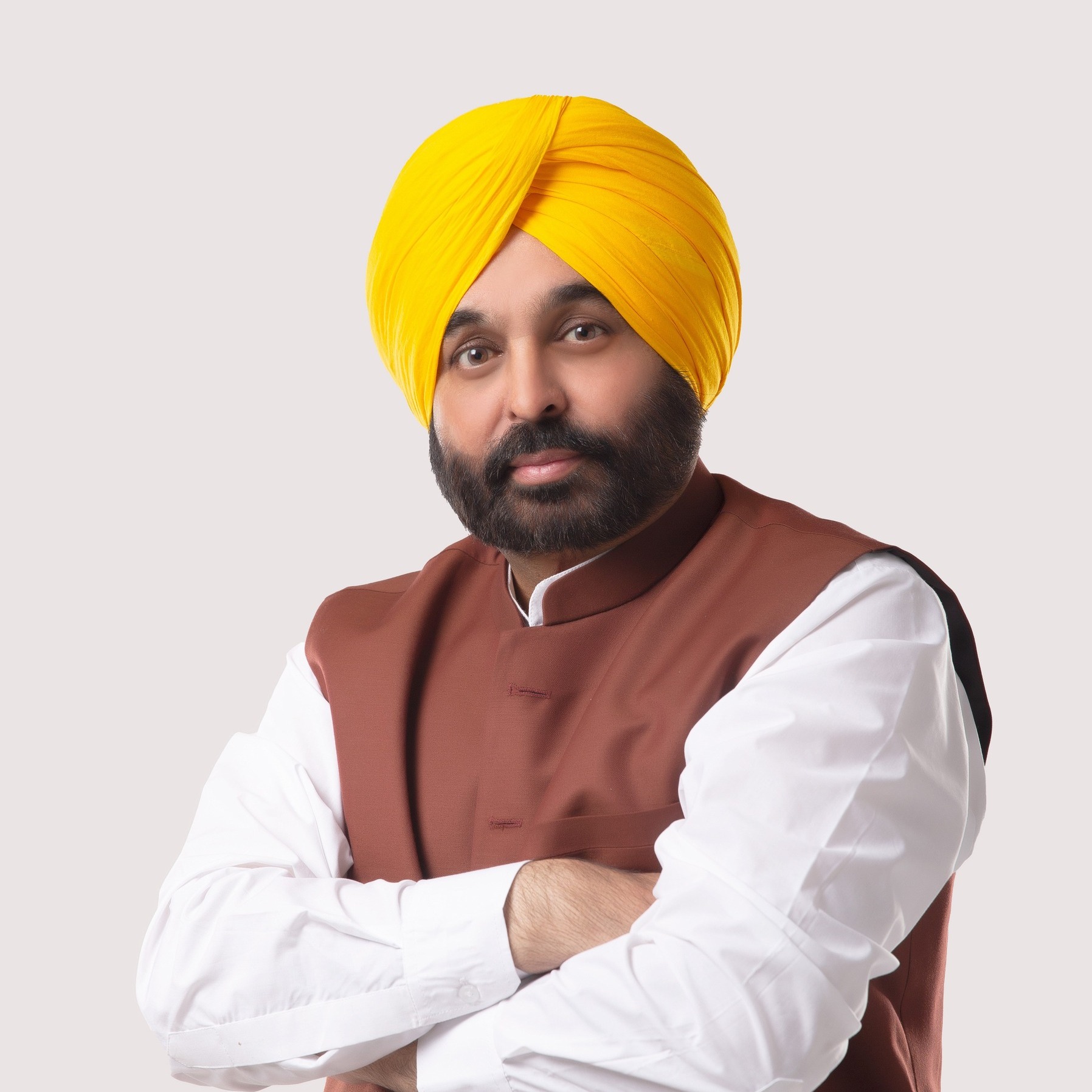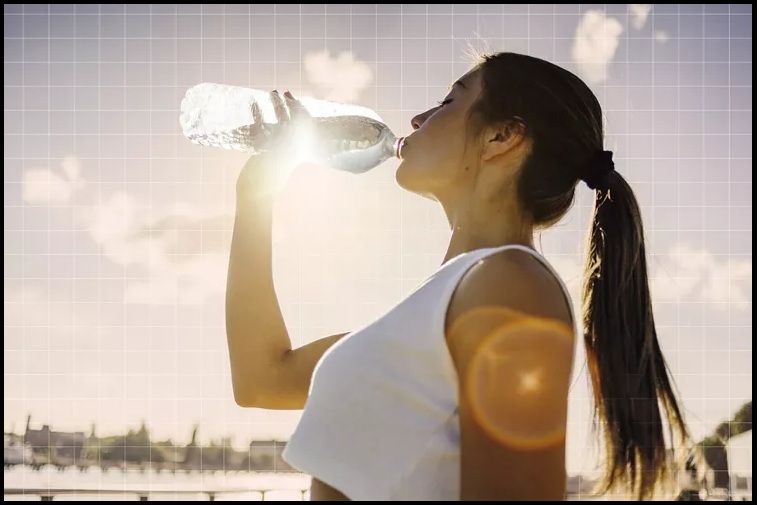
On Sunday, during the ‘Maharashtra Bhushan’ award ceremony in Navi Mumbai, a tragic incident occurred where at least 11 people lost their lives and 20 others were rushed to the hospital due to heat stroke. The event was held in an open field and was attended by thousands of people.
The Union Home Minister, Amit Shah, and others were present at the ceremony where Appasaheb Dharmadhikari, a social reformer and spiritual leader, was honored with the Bhushan award. Despite this horrible tragedy, it is important to understand heat strokes, its symptoms, causes, and prevention.
Heat stroke is a serious condition that occurs when the body’s temperature regulation system fails and the body temperature rises to dangerous levels. It can be caused by prolonged exposure to high temperatures, especially in combination with dehydration and physical exertion.
Symptoms of heat stroke include confusion, disorientation, seizures, rapid heart rate, hot, dry skin, and a body temperature above 103°F. It is important to seek medical attention immediately if you or someone you know experiences these symptoms.
To prevent heat stroke, it is recommended to stay hydrated, avoid prolonged exposure to high temperatures, take breaks in cool, shaded areas, and wear light-colored and loose-fitting clothing. It is also important to pay attention to vulnerable populations, such as young children and the elderly, who are more susceptible to heat stroke.
What is Heat Stroke ?
Heat stroke is a serious and potentially life-threatening condition that occurs when the body’s temperature regulation system fails and body temperature rises to dangerous levels. It is a medical emergency and requires immediate treatment.
Heat stroke can be caused by prolonged exposure to high temperatures, especially in combination with dehydration and physical exertion. Symptoms of heat stroke include a high body temperature (above 103°F), confusion, disorientation, seizures, rapid heart rate, and hot, dry skin. If left untreated, heat stroke can lead to organ damage and even death.
Treatment for heat stroke includes rapid cooling of the body, usually through immersion in cool water or the application of cool water to the skin, and rehydration. It is important to seek medical attention immediately if you suspect someone may be experiencing heat stroke.
Causes of Heat Stroke
When the climate is excessively hot and humid, heat stroke occurs as a result of prolonged sun exposure. It develops when the body’s cooling system fails and it becomes overheated. The most harm is done in this scenario by dehydration brought on by significant water loss (due to sweating). When the body’s fluid requirements are not met promptly, it starts to exhibit symptoms of dehydration and could have negative consequences.
Here’re the Symptoms of Heat Stroke
High body temperature
Headache, fatigue and dizziness
Flushed & red skin
Altered orientation
Nausea & vomiting
Increased breath rate
Less urination
Prevention and Treatment
Steer clear of prolonged exposure to the sun’s direct rays and a hot, muggy environment.
Cover your head and face, dress comfortably in light-colored, loose-fitting clothing, and hydrate well.
Try to stay inside from 11 am to 4 pm, when the heat is at its worst.
Steer clear of dehydration
On hot days, refrain from engaging in strenuous physical activity.
Additionally, avoid engaging in prolonged, strenuous exercise outside in the hot weather. Start out slowly and gradually increase up the speed if you aren’t used to working out or working out in a warm area. STOP all exercise if you are working out in the heat and it is making your heart race and you are having trouble breathing. If you feel weak or faint, try to find a cool spot or a shelter that is shaded by the sun and take a nap.
For breaking news and live news updates, like us on Facebook fb.com/thevoiceofsikkim or follow us on Twitter twitter.com/thevoicesikkim and Instagram instagram.com/thevoiceofsikkim. Visit www.voiceofsikkim.com.







